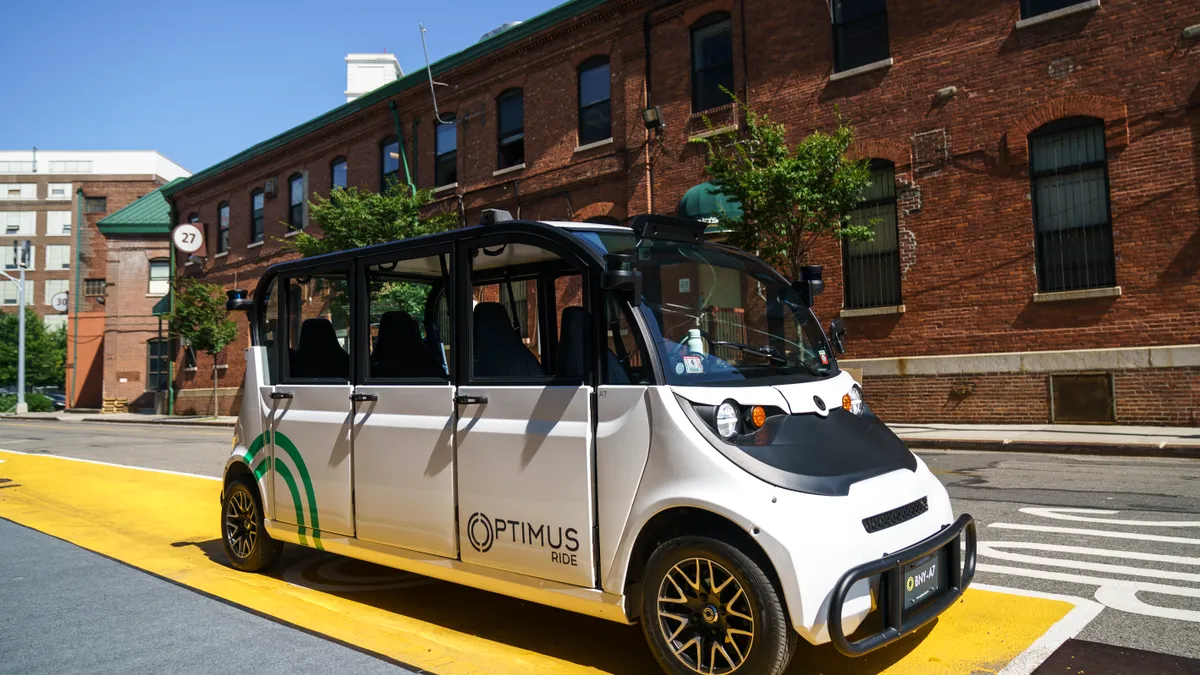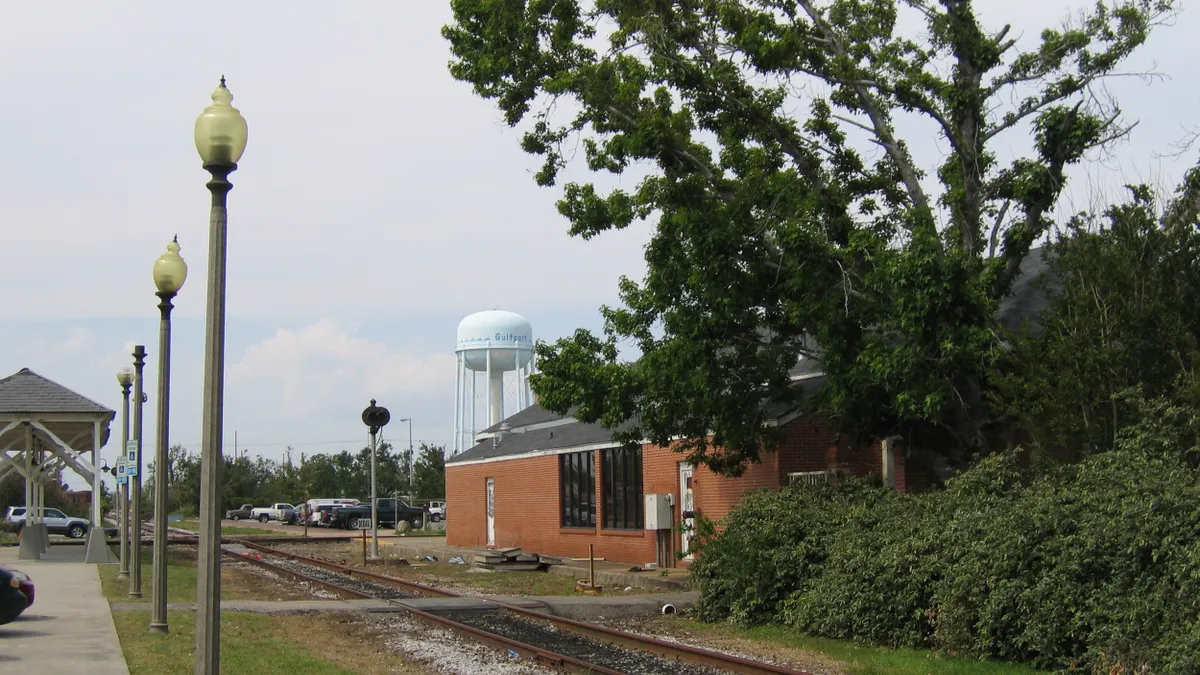Susan Shaheen is a professor of civil and environmental engineering and co-director of the Transportation Sustainability Research Center at the University of California, Berkeley.
Innovations in the sharing economy, digitization, automated vehicles and electrification are coming together as the key building blocks of future mobility systems. Affecting this evolution are sociodemographic trends, mobility trends and disruptive forces including the COVID-19 pandemic and climate change.
The pace of some transportation innovations slowed in the past two years due to the global pandemic, including the public’s willingness to share vehicles during the lengthy lockdown periods. These effects added to uncertainty about the durability of consumer demand for mobility services as well as the resilience of specific business models and technological development. However, this did not change the big picture: Converging innovations and technologies are likely to play a transformative role in urban mobility, leading us to a future that includes automated vehicles and shared automated vehicles (SAVs).
AVs and fleet-based SAVs will not become commonplace overnight. A lengthy transition period is more likely as cities and vehicles reach increasing levels of AV penetration. To harness and maximize the social and environmental benefits of these innovations, governments should recognize and prepare for this transition.
To better understand what the transition might look like, it helps to know that SAE International has defined five levels of automation for vehicles:
- Level 0: Human drivers perform all the driving tasks.
- Level 1: Vehicles automate one primary control function at a time (such as steering, braking, or acceleration) that operates under human driver supervision. Examples include self-parking or adaptive cruise control.
- Level 2: Vehicles automate two or more primary control functions at the same time, but drivers must monitor driving and be prepared to immediately resume control at any time. Examples include lane-centering while using adaptive cruise control.
- Level 3: When automated driving features are engaged, humans in the driver’s seat can engage in non-driving tasks but must be prepared to intervene within a limited amount of time when prompted to do so.
- Level 4: A human operator does not need to control the vehicle as long as it is operating in the specific conditions in which it was intended to function.
- Level 5: Vehicles are capable of driving in all environments without human control.
In our new book, which I co-authored and edited with Ata M. Khan, “Shared Mobility and Automated Vehicles,” we present a four-phase framework for the AV transition for both privately owned AVs and SAVs based on the operational design domain (ODD) – the driving conditions in which the AVs are functioning. This framework can help policymakers consider which public policy frameworks they need to construct around AVs and SAVs in each phase regardless of the timeline.
Phase one is where we are now with private vehicles. Vehicle models on the road today have Level 2 automation, such as highway adaptive cruise control and lane-keeping.
Phase two describes the possible ODD conditions as AV technology starts operating across more environments, and Level 2 and Level 3 automated features become more common in new, privately owned vehicle models. During this phase, which we call specific-ODD automation, SAV initiatives and use cases are increasing at higher levels of automation (e.g., Level 4), with some projects bringing SAVs to city streets. There are a growing number of SAV Level 4 pilot projects in the U.S. Indeed, there were 17 as of December 2019. Many of these pilot projects are using low-speed AVs or conventional AVs to serve select groups of passengers. Policy in this phase should support societal goals for AV and SAV operation including public safety.
Phase three (citywide-ODD Level 4 and 5 automation) is when Level 4 and 5 automation become even more prevalent in privately owned and fleet vehicles. In-vehicle operators can be safely removed from vehicles and replaced with remote operators who can take control in an emergency.
It is important to note that in October 2020, Waymo began offering a paid SAV ride-hailing service in Phoenix with fully driverless vehicles, with no one in the driver's seat (Level 5). In March 2022, Cruise and Waymo received “semi-full” AV permits to provide a commercial SAV service in San Francisco. This phase represents a critical point at which AVs and SAVs could see more rapid growth and adoption across major U.S. metro areas, particularly as they become cost-competitive with existing mobility services.
Passenger demand for these services could increase rapidly as well, similar to what occurred with ride-hailing over the last decade. A key question is how customers will respond to pooled SAV services without an operator on board. That demand is unclear, given public concerns about security and safety, potentially increased travel times, and public health. Pricing, subsidies, and access strategies will be among the public policies needed to advance the social and environmental benefits of these technologies in this phase and to prepare for more extensive deployment.
Phase four (proliferation of Level 4+) is the widespread use of Level 4+ automation without in-vehicle supervision. As AV technology decreases in cost, private AV ownership may grow in areas less suited to shared fleets because of lower demand densities, such as certain suburbs and rural areas. At the same time, SAV services could expand more widely and become cost-competitive with personal vehicle ownership and public transit. Public policy in this phase should further guide the transition to full automation in a wide range of ODDs (rural, suburban, urban) to maximize public benefits from more widespread automation and integration with the existing transportation ecosystem, including public transportation and active transport.
The future of mobility systems will require coordination and strategic actions on the part of many stakeholders, including governments, policymakers and planners, private-sector businesses, consumers, insurance providers, developers, and public health experts. Governments will need access to data to effectively integrate SAVs and AVs into the future transportation system alongside active transportation modes. In addition to considering the many phases of this transition, governments should consider deployment scenarios that range from private AV dominance to full sharing models. The timeline and distribution of AVs and SAVs across the phases and the nation will likely differ with denser areas leading in SAV deployment.
While the overall impacts of converging mobility innovations are far from certain, technology has the potential to enhance traveler experience and public transport effectiveness, allowing existing services to become more dynamic, demand-responsive and automated. Technology alone will not drive the public’s acceptance of vehicle sharing, automation, digitization, and electrification. Policy and planning are needed to encourage and guide this adoption to maximize societal benefits through these deployment phases over time while complementing public transportation and active transportation modes.
Contributed pieces do not reflect an editorial position by Smart Cities Dive.
Do you have an opinion on a similar issue or another topic Smart Cities Dive is covering? Submit an op-ed.


















